11 September, 2013
8 Food Additives That May Gross You Out
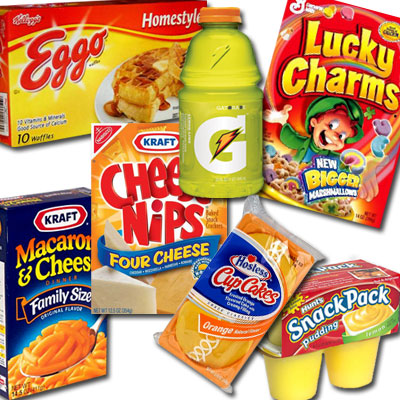
You would not believe some of the things that are used in our food. If you are looking for a great reason to stop eating processed foods then this may be it.
1. Castoreum: Also known as beaver anal gland juice. This additive is excreted from the caster sacs of mature North American and European beavers. This ingredient can be found on food listed as “natural flavoring.” Castoreum can be found in foods that need vanilla, raspberry, or strawberry flavoring such as ice cream, yogurt, and instant oatmeal.
2. Human Hair and Duck Feathers: L-cysteine is a non-essential amino acid made from dissolved human hair or duck feathers. It is often used in commercial dough conditioners.
3. Carmine: Simply put, crushed bugs. This bright red food color is made from the crushed abdomen of female African beetles. This ingredients may also be listed at Natural Red #4. It can be found in red candies like Skittles, red tinted yogurts and juices like ones listed as ruby red.
4. Shellac: Made from the excretions of Kerria Lacca insects. This ingredient is what makes jelly beans shiny and gives that glossy finish to other sweet treats. Coffee beans often get a coating of this wax to extend the life of the beans. Have you noticed how shinny a conventional apples and citrus is, yup that’s right, its from shellac. Shellac is added to apples to replace the natural wax that is removed during processing. Organic fruits do not have this coating which is why they are not as shiny.
5. Charred Animal Bones: Bone char is used to filter and decolorize raw sugar.
6. Lanolin: Sheep secretions which is used to soften gum. It is often referred to as gum base.
7. Tartrazine: Coal Tar. This can also be on your food label as Yellow #5 or E102. It is used in foods that need a yellow or green color added to it such as Mountain Dew, sports drinks, chips, and condiments.
8. Silicon bioxide: AKA Sand. It helps as a flow agent and absorbs humidity that would cause clumping. Used in salt, soups, and coffee creamers.
I would love to know your thoughts on this. Feel free to leave your comments in the section below.



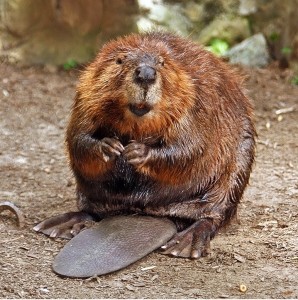
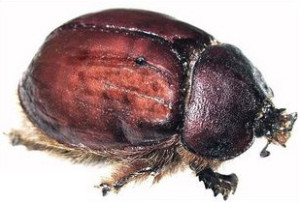
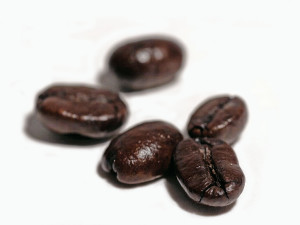
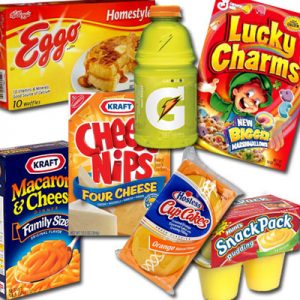



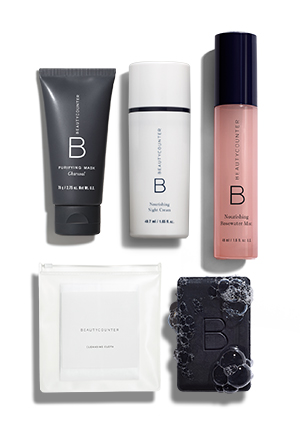
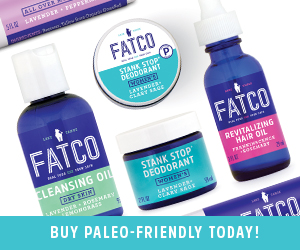







 80% of chronic dis-ease is rooted in stre
80% of chronic dis-ease is rooted in stre
 As
As 

Gross!!! I can’t believe the food manufacturers get away with this!!!
All these things gross me out and we eat this stuff and half of it is healthy they don’t have to use natural things to get color into something that’s why I like to use food coloring or did they put something in that too it’s just another way to get people to like something but they also just want to get people sick
Food coloring is full of artificial colors which aren’t good for our bodies either. Read more about that here…https://theorganicdietitian.com/patriotic-banana-pops-no-artificial-colors/
Interesting! Won’t stop me from eating what I want to eat though.
You do you.
Any smart person would.
Gross! I’m so happy to be ridding my pantry of this crap because there really is no nutrients to them. Now I have to research everything to make an educated decision. If I want to eat bugs, I will eat bugs. What other grossness is put into our food? I’d like to know if this why governments are carbon shaming our farmers? Profit? (As always smh)
smh)